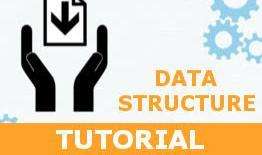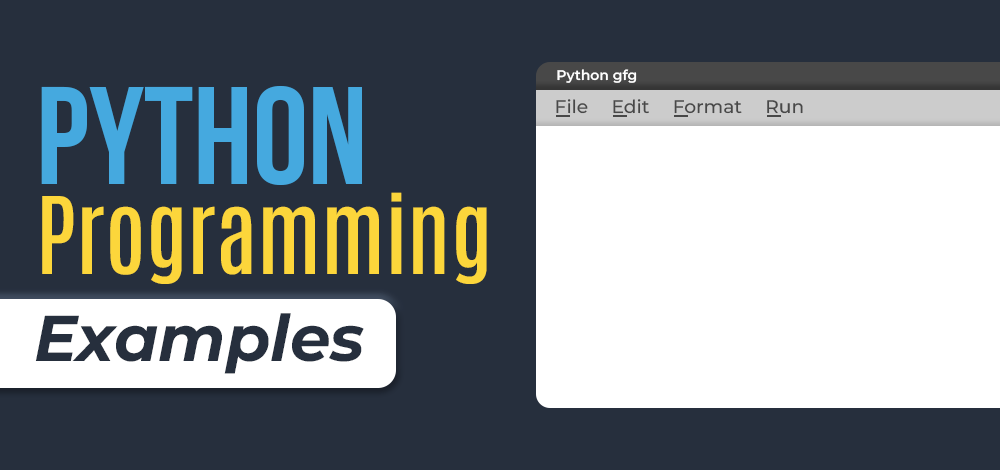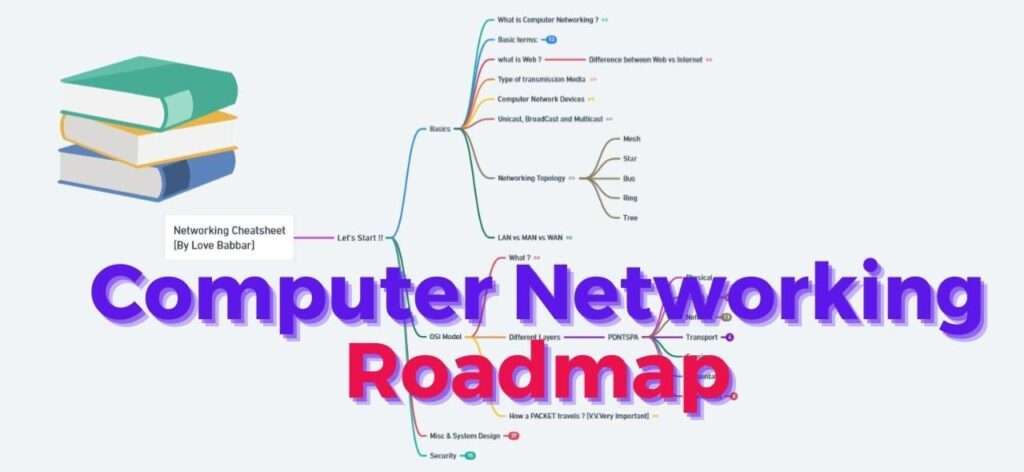
Whether you’re a budding programmer or a seasoned developer, understanding DSA is crucial for solving complex problems and writing efficient code. In this comprehensive guide, we’ll explore the fundamentals of DSA and provide you with the tools to start your learning journey.
What is DSA?
Data Structures and Algorithms (DSA) are the building blocks of computer science. They are essential for organizing data in a way that enables efficient access and modification. DSA is a key topic for anyone looking to improve their coding skills and understanding of how software works under the hood.
DSA is a combination of two terms Data Structures and Algorithms. These two terms are separate yet interrelated. As a computer science Student you have to understand DSA to be a good programmer and a computer science student.
DSA Full Form
The full form of DSA is Data Structures and Algorithms. This term encapsulates two main concepts: data structures, which are ways of organizing data, and algorithms, which are methods to process data and solve problems.

Introduction to Data Structures and Algorithms (DSA)
What is Data Structure?
A data structure is a particular way of organizing and storing data in a computer so that it can be accessed and modified efficiently. Common data structures include arrays, linked lists, stacks, queues, trees, and graphs. Each structure has its own strengths and is suited for specific types of tasks.
The main reasons why data structures were introduced is to reduce the complexity, time and space that large data can consume. Efficient and effective data structure takes minimum memory space and requires minimum time to execute the data.
What is Algorithm?
An algorithm is a step-by-step procedure for calculations, data processing, and automated reasoning tasks that are used to solve a particular problems or perform type of calculation. To explain in simpler terms, it is a set of operations performed in a step-by-step manner to execute a task.
An algorithm is more than just a method for performing a task; it’s also a measure of the efficiency of that method. Algorithms are often designed to complete a task in the shortest time possible, using the least amount of resources.
How to start learning DSA?
Embarking on the journey to learn DSA can be daunting, but with a structured approach, it’s entirely achievable.
To start learning DSA in a simple way, think of it as a recipe you’re following, where you do each step one after the other. Here’s how you can break it down into four easy parts:
1. Understand how long and how much room your code needs (this is about time and space).
2. Get to know the different ways to organize your information (these are the data structures).
3. Learn the step-by-step methods for solving problems (these are the algorithms).
4. Work on lots of different examples to get better (practice with DSA problems).
Step 1. Learn about Complexities
Before diving into data structures and algorithms, it’s important to understand the concept of complexity. Complexity refers to the time and space efficiency of an algorithm and is usually expressed in Big O notation. Learning about complexities will help you evaluate the performance of different algorithms and choose the best one for a given problem.
2. Learn Data Structures
Start with the basics: arrays and linked lists. As you grow comfortable, move on to more complex structures like stacks, queues, trees, and graphs. Understanding the properties and operations of each data structure is key to knowing when to use them.
3. Learn Algorithms
Algorithms are all about problem-solving. Begin with simple sorting algorithms like bubble sort and insertion sort. Progress to more advanced algorithms such as quicksort, mergesort, and heapsort. Don’t forget to explore search algorithms, dynamic programming, and greedy algorithms.
4. Practice Problems on Data Structures and Algorithms (DSA)
The best way to solidify your understanding of DSA is to practice. Tackle problems on platforms like LeetCode, HackerRank, and Codeforces. Start with easy problems and gradually take on more challenging ones. This will not only improve your DSA skills but also prepare you for technical interviews.
For practicing problems on individual data structures and algorithms, you can use the following links:
- Practice problems on Arrays
- Practice problems on Strings
- Practice problems on Linked Lists
- Practice problems on Searching algorithm
- Practice problems on Sorting algorithm
- Practice problems on Divide And Conquer algorithm
- Practice problems on Stack
- Practice problems on Queue
- Practice problems on Tree
- Practice problems on Graph
- Practice problems on Greedy algorithm
- Practice problems on Recursion algorithm
- Practice problems on Backtracking algorithm
- Practice problems on Dynamic Programming algorithm
You can also try to solve the most asked interview questions based on the list curated by us at:
- Must-Do Coding Questions for Companies
- Top 50 Array Coding Problems for Interviews
- Top 50 String Coding Problems for Interviews
- Top 50 Tree Coding Problems for Interviews
- Top 50 Dynamic Programming Coding Problems for Interviews
Conclusion
Learning DSA is a journey that requires patience, practice, and persistence. By following this guide, you’re setting yourself up for success in the world of programming. Remember, every expert was once a beginner. Start your DSA learning journey today and unlock the door to a world of efficient and effective problem-solving.
RELATED ARTICLES
- Best Data Structures and Algorithms(DSA) Courses for Java Developers [2024]
- Best Free Data Structures and Algorithms Complete Course Step by Step Using Java
- Free Data Structures and Algorithms (DSA)Complete Course Guide using C++
- Free Data Structures and Algorithms(DSA) Using Python Complete Course Step by Step
- Complete Roadmap To Learn DSA From Scratch









